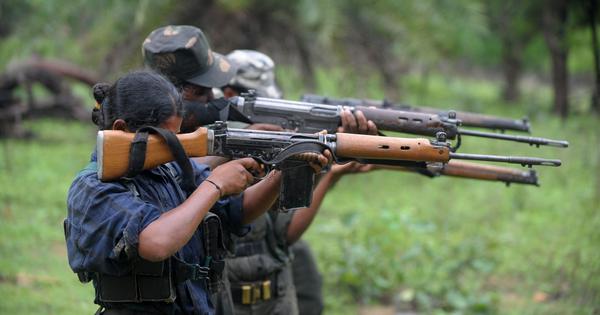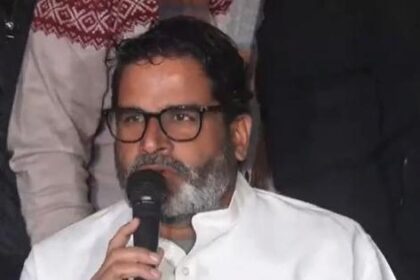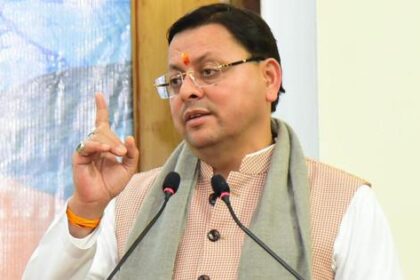Only three districts remain most affected by Maoist violence, according to the Union home ministry.
The Union home ministry recently announced a notable decrease in the number of districts impacted by “Left-wing extremism,” bringing the total down to 11 from 18 reported in March. This marks a significant shift from 2013, when 126 districts across various states experienced incidents related to Naxal violence.
Among these, only three districts are now classified as the most affected by Maoist activities: Bijapur, Sukma, and Narayanpur, all located in Chhattisgarh. This reduction in the number of severely impacted areas reflects ongoing efforts to combat Maoist influence in the region.
This announcement coincides with the surrender of Mallojula Venugopal Rao, also known as Bhupathi, a central committee member of the banned Communist Party of India (Maoist). His surrender took place in Maharashtra’s Gadchiroli in the presence of Chief Minister Devendra Fadnavis. Bhupathi, who had a reward of Rs 6 crore on his head, was among 60 suspected Maoists who also surrendered to security forces.
According to the home ministry’s statement, security operations have resulted in the elimination of 312 cadres associated with Left-wing extremism, including Nambala Keshav Rao, the general secretary of CPI (Maoist). Rao was reportedly killed during a gunfight with security forces in Narayanpur, Chhattisgarh, on May 21, where 27 suspected Maoists lost their lives.
In addition to those eliminated, the ministry reported that 836 LWE cadres have been arrested, while 1,639 others have surrendered and reintegrated into society. This group includes both a polit bureau member and a central committee member of the Maoist organization.
Union Home Minister Amit Shah described this development as a “historic milestone in eliminating Naxalism.” He emphasized that the number of most affected districts has decreased from six to just three, while the overall count of affected districts has reduced significantly. Shah attributed this progress to Prime Minister Narendra Modi’s vision for a terror-free India, highlighting the effectiveness of counter-insurgency operations and development initiatives aimed at reducing the influence of left-wing extremists.
Looking ahead, Shah projected that India could be free from the “menace of Naxalism” by March 31, 2026, a commitment that the Union government has reiterated consistently. However, amid this official narrative, there are dissenting views regarding the nature of the violence in the region. Reports have surfaced, such as those from Malini Subramaniam, indicating that some individuals killed by police in Chhattisgarh’s Bastar region were claimed to be reward-carrying Maoists, a designation that their families contest, asserting that these individuals were actually civilians.
This ongoing conflict and the complex narratives surrounding it underscore the challenges faced by authorities in addressing the root causes of Maoist violence and the perceptions of local communities.








